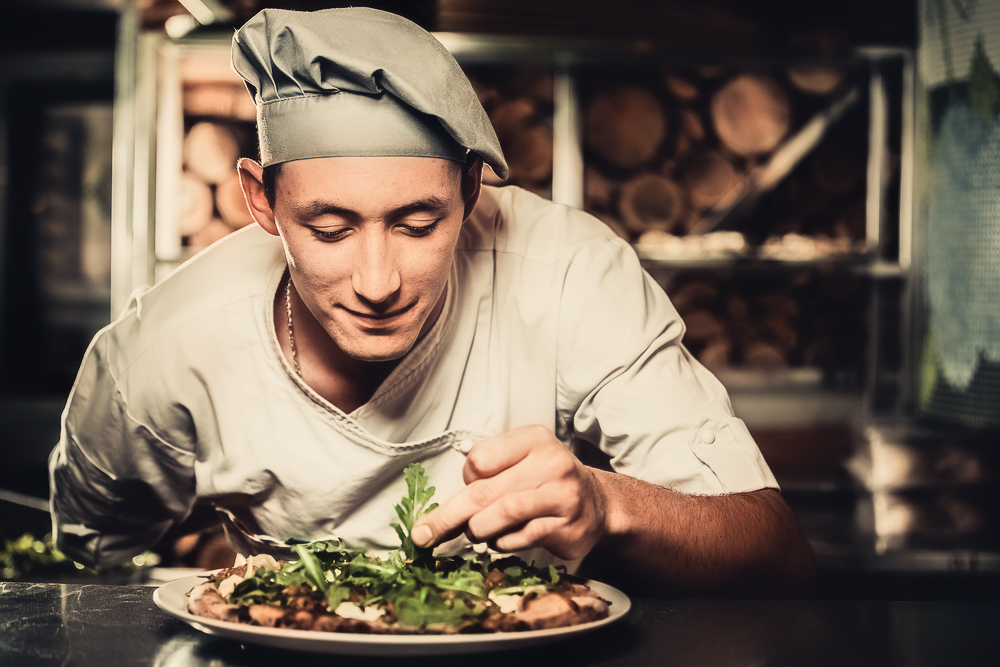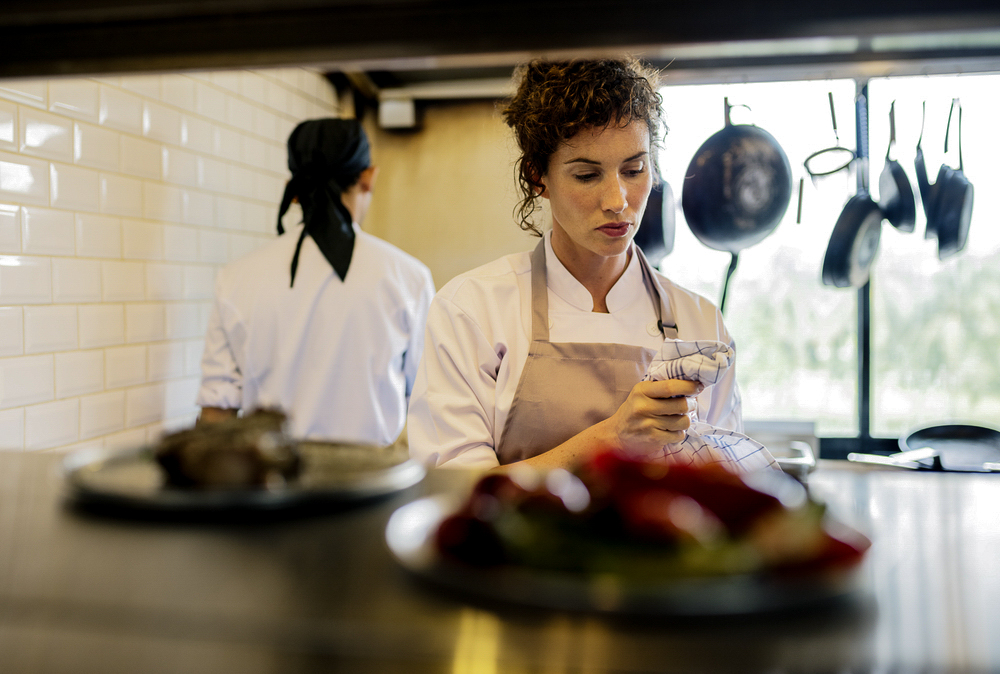
While beer, whiskey, and wine connoisseurs explore packaged finished products, coffee aficionados are getting more creative. If you’re all about the caffeinated life, you may find yourself exploring alternative coffee brewing methods at some point. Whether you’re a seasoned barista or a domestic doser, there’s always more to learn. When you experiment with unique brewing methods, you’ll find nuances in flavour and discover inspired techniques.
The Science Behind a Good Brew
You don’t have to be a chef to know that chemistry is a big part of transforming food - it’s the same with coffee. Consider the effects of temperature, time, the size of the coffee particles, the ratio of coffee to water, and the coffee quality when you start tinkering.
If the grind is too fine or the brew time is too long, you may end up with a bitter cup of coffee. Similarly, if the water is too hot or there is too much coffee in your brew, the taste may be affected. It’s all about finding the right method and balance of flavours to suit your palate. As the coffee is extracted, it will move through various flavours from salty to sour, sweet, and bitter, and then it can take on a plant-like taste.
Types of Brewing Methods
Get creative; forget your Bushell Classic, pod, and espresso machines. You can break down coffee brewing methods into boiling, steeping, dripping, pressure, and a few lesser-known techniques. These methods allow you to choose equipment to match your budget and needs. From there, you can finetune your process accordingly.
Boiling
Turkish coffee is made using a cezve/ibrik, finely ground, unfiltered coffee, and sugar. This traditional method will give you an intense aromatic flavour and a frothy consistency.
Steeping
A French press is an easy method which steeps your coffee. You can produce a rich and robust flavour. The coffee is textured with a bit of sediment. If you let it steep too long, it can become bitter.
Cold brew coffee takes a bit longer – typically 12 to 24 hours – but you don't need special equipment. It produces a less acidic, smooth, and slightly sweet flavour, perfect for iced coffee.
Siphon brewers are a little complicated and take time to perfect, but it is an excellent method to produce clear, smooth, flavourful coffee with an enhanced aroma.
Drip
A stove-top percolator is easy to use and takes ten minutes to brew. You can reduce the percolating time if the coffee is too bitter or intense.
Pour-overs such as the Chemex are available in various sizes and designs, allowing you to brew directly into a mug or similar receptacle through a paper filter. Your quick-to-brew coffee comes out clear without sediment. Pour-overs produce flavourful strong coffee.
Pressure
Unlike espresso machines, the fast-brewing stove-top Moka pot is less expensive, but the result is similar. You’ll get a lightly textured, rich, and intense flavour.
Uncommon Coffee Brewing Methods
For a ten-minute slow-drip coffee with a strong and bold flavour, try the Vietnamese phin. It produces a dark coffee which is traditionally mixed with sweetened condensed milk. To avoid sediment, use coarsely ground coffee.
Nitro or nitrous coffee is a cold brew infused with nitrogen gas to produce a lightly carbonated, slightly sweeter coffee with a velvety, creamy texture. This method does require a more expensive machine, but you’ll get that coffee shop experience.
Another traditional method, Puerto Rican coffee, uses a boiling technique to create a unique, sweet, creamy coffee high in caffeine. The last step involves adding warm milk in a 1:1 ratio.
If you’re new to brewing and unsure where to start, consider enrolling in a barista course. You’ll learn the basics and more, giving you the perfect springboard to explore more unique coffee brewing methods.




